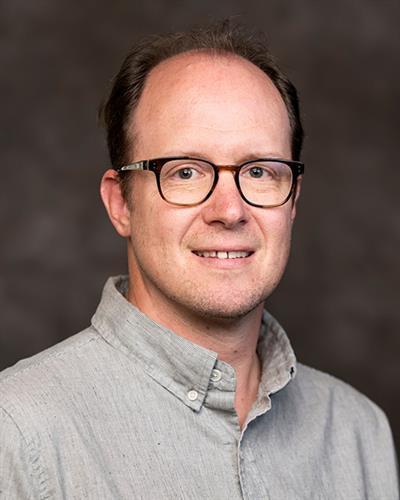
Noel Heim
(617) 627-2207
503 Boston Avenue, Room 003

Research/Areas of Interest
Paleobiology
Biodiversity over time
Extinction causes and consequences
Evolution of biological complexity
Evolution of body size, particularly in animals
Education
- PhD, University of Georgia, United States, 2008
- MS, Univ Calif Riverside, United States, 2003
- BS, University Chicago, United States, 2000
Biography
Dr. Heim is a paleobiologist interested in reconstructing the history of Earth's marine biosphere, including ongoing Anthropogenic change. Of particular interest is understanding how that history was shaped by environmental, physiological, ecological, and evolutionary processes. Dr. Heim analyses large databases, such as the Paleobiology Database and Macrostrat, in order to develop robust, quantitative trends across 600 million years of geological time. However, interpreting process from large-scale trends is often difficult. To better understand the underlying processes driving macro-scale trends, Dr. Heim uses local and regional scale field studies to reveal the potential roles of environmental change and biotic interactions.
Although most of Dr. Heim's research is on fossil organisms, he is also interested in quantifying Anthropogenic change of the recent past in order to predict how biodiversity will change in the future. Ongoing projects include deploying large databases of insect body sizes, ecological characteristics, and historical observations to predict extinction risk, and quantifying change in species distributions and community compositions that result from climate change, particularly in rocky intertidal environments of the Pacific coast of North America.
The aim of my research is to understand the interactions between the physical and biological Earth systems using data derived from living organisms, fossils, and the sratigraphic record. The principal driving questions are: How are biological signals filtered through the stratigraphic record? How did past environmental changes influence the diversity, abundance, and ecology of marine animals? What is the role of physiology in structuring marine animal ecosystems through time? Developing robust, quantitative trends across 600 million years of geological time requires using large databases, such as the Paleobiology Database and Macrostrat. I am also interested in field-based paleobiology, particularly when it involves undergraduate students. Research projects focus on local and regional scale extinction dynamics and community paleoecology.
Although most of Dr. Heim's research is on fossil organisms, he is also interested in quantifying Anthropogenic change of the recent past in order to predict how biodiversity will change in the future. Ongoing projects include deploying large databases of insect body sizes, ecological characteristics, and historical observations to predict extinction risk, and quantifying change in species distributions and community compositions that result from climate change, particularly in rocky intertidal environments of the Pacific coast of North America.
The aim of my research is to understand the interactions between the physical and biological Earth systems using data derived from living organisms, fossils, and the sratigraphic record. The principal driving questions are: How are biological signals filtered through the stratigraphic record? How did past environmental changes influence the diversity, abundance, and ecology of marine animals? What is the role of physiology in structuring marine animal ecosystems through time? Developing robust, quantitative trends across 600 million years of geological time requires using large databases, such as the Paleobiology Database and Macrostrat. I am also interested in field-based paleobiology, particularly when it involves undergraduate students. Research projects focus on local and regional scale extinction dynamics and community paleoecology.